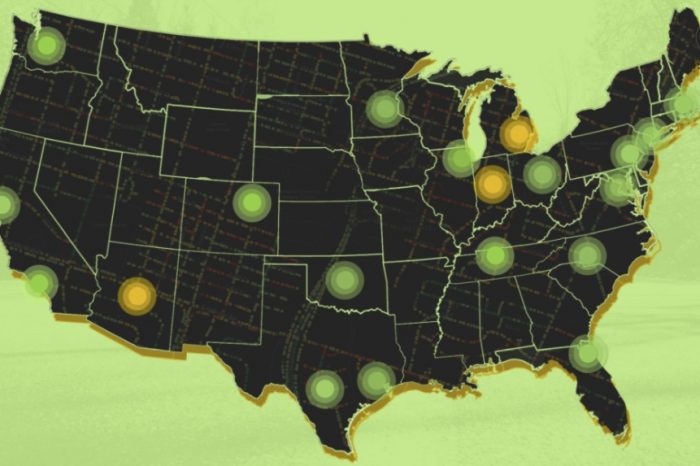Startup Success: The Right Product Development Strategy at the Right Time

By Nitin Shimpi, CEO and Co-founder of Talentica Software, the global leader in product development services for startups.
As the head of a company that has built technology products for organizations across the globe for nearly two decades, I’ve had the pleasure of working with more than 150 startups. Some have succeeded, while others have failed – but I’ve learned from them all.
All startups begin at the early stage where they’re trying to find their market niche. Figuring out what customers will pay for requires experimentation. Organizations should continuously push out new features, measure how they’re used, then use that knowledge to tweak their products accordingly.
Once startups have customers willing to pay for their products, the focus changes to building on this initial success with rapid growth. Revenues can increase 4X or 5X for companies during this phase. They also need to sell products that are successful in one customer segment to others.
When a company enters the mature stage, the focus turns to sustain the business by concentrating on profitability and reinvention to stay ahead of competitors.
As a startup transitions through these different stages of the business lifecycle, they need to adjust their product development strategies. From an engineering standpoint, they must change the people and processes they employ at each phase to successfully reach the next.
The Early Stage
During the early stage, the core developer challenge is quickly iterating products to ship them weekly or fortnightly. Engineers need to learn what does and doesn’t work and make improvements. The second challenge is maintaining a strong engineering foundation with the right architecture. The product can change in terms of scale and functionality; the architecture must handle these modifications. To keep improving your product, its foundation—the architecture—must be good.
The people addressing these problems include full-stack engineers that handle the gamut of developer needs (from the backend to front) and are familiar with all technologies. They address the quick iterations challenge. You also want a top architect to provide the engineering foundation—someone who can design for scale and extensibility. This person should identify hard problems and solve them. The team should include designers for a credible UX for optimal first impressions. Processes should be minimalist. Documentation isn’t important yet; small, informal teams are best for understanding and communicating team needs.
The Growth Stage
Once startups are somewhat established, their engineering challenges, people, and processes change. The first challenge is creating and rapidly shipping additional product functionality based on business feedback from customers. Unlike the early stage, customers expect products to work perfectly and are unforgiving about bugs or downtime, so product stability and reliability become challenges. Thirdly, products must integrate with other products so customers can use them in their specific context.
These challenges are solved by different people and process requirements. Engineering teams should divide into multiple units, each of which works on different features so they can swiftly ship. Instead of one team doing everything, there should be parallel sprint teams independently working on everything for a specific feature—from design to deployment. Full-stack engineers should be replaced with specialists to provide the stability and reliability customers demand. Examples include engineers specializing in user experience, scalability, or backend processes.
Since this makes the team larger, processes must become more formal to support this diverse development. Central documentation is now a priority. Teams must document not just their decisions, but the thought behind the decisions made. Planning also becomes critical; sprints should be well thought out and planned in advance. Additionally, processes should involve automation for testing and deployment, increase reliability, and scale for data and amounts of users.
Maturity Phase
At this stage, the focus is on consolidation for sustainability, which creates engineering challenges around cost control and efficiency. The second challenge pertains to compliance, regulations, and standards for following them. Thirdly, organizations must incorporate new technologies to reinvent their product because their initial technologies are six or seven years old at this point.
The people meeting these challenges are program managers focused on longer-term planning for processes. You also need new technology experts; for example, businesses are using machine learning experts today – something that was not prevalent when they developed their original products. Organizations should separate teams to include product and customer support. Processes include longer release cycles to perfect changes, better discretion and planning, and measures to ensure regulatory compliance.
The Right Product Development Strategy at the Right Time
Startups need to evolve their personnel and how they work to be successful as they grow. Companies that make the transition from being informal to highly disciplined by adapting to each of these phases with the ideal engineering strategy – will continue to be successful over time.

